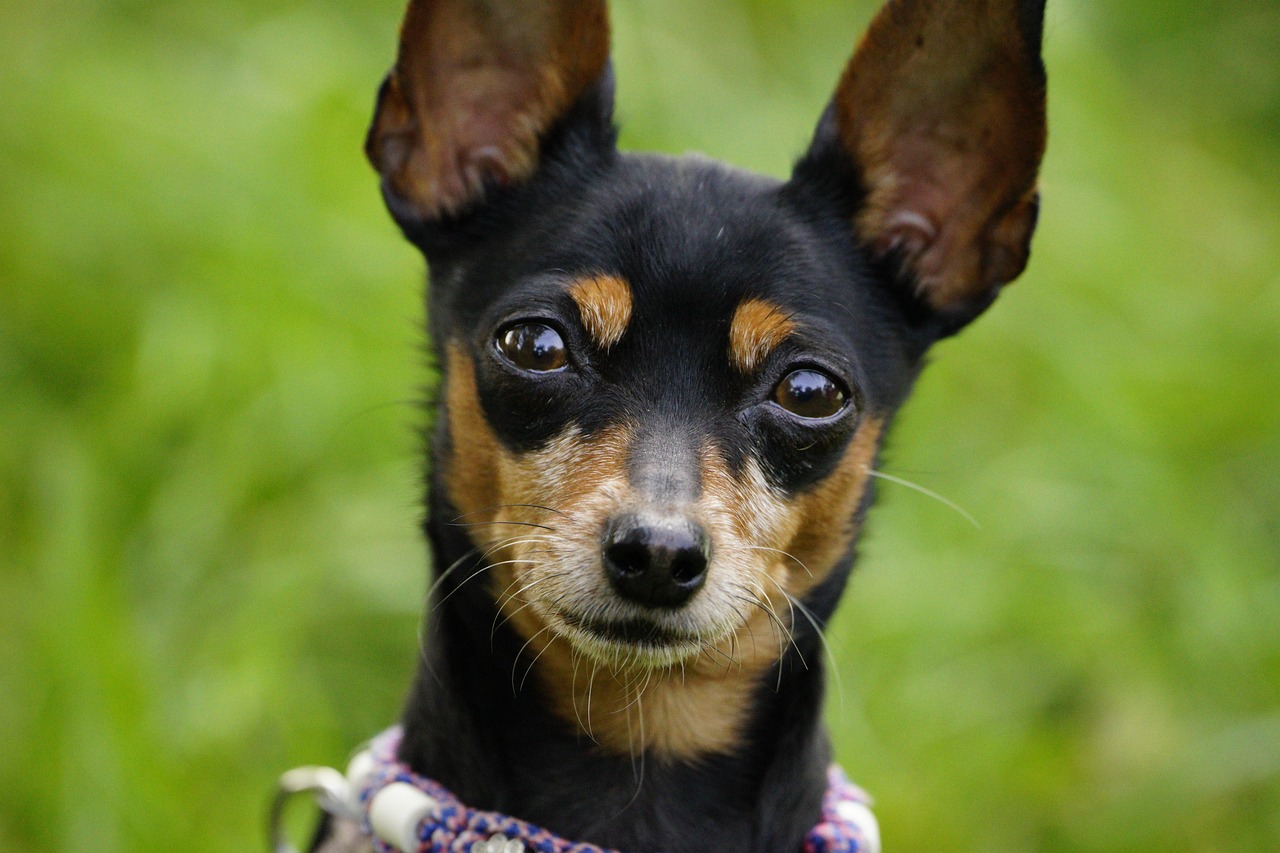Effective Steps: Engaging Kids in Dog Training Techniques
Dog training is a challenging yet rewarding task that delivers loads of benefits both for pets and owners. It’s of particular value for children, as they learn responsibility, patience, compassion, and understanding animals. But, how should kids get started?
The process of dog training consists of several phases and methods and requires the understanding of various breeds’ peculiarities. This guide is here to help children and their parents learn how to train their dogs effectively

The Importance of Dog Training for Kids
Training a dog can teach kids vital values, such as responsibility and empathy. As they grow and care for a pet, they learn that their actions have an impact on others. When they successfully train a dog, they develop confidence and accomplishment sense.
Illustrating the Concept of Responsibility
Responsible behavior encompasses caring for a dog, such as providing food, water, exercise, and grooming. All these must be performed consistently, given that dogs, much like humans, enjoy routine.
Building Bonds and Emotional Empathy
Training a dog allows children to establish a meaningful connection and create bonds with them. This bonding journey also teaches them empathy, enhancing their emotional intelligence.
Effective Dog Training Techniques for Kids
When it comes to dog training techniques for children, below are proven methods that will keep both the child and pup engaged

Positive Reinforcement
Positive reinforcement is the process of rewarding the dog when they perform correctly. Rewards could take the form of treats, praises, or petting. It encourages the dog to repeat the behavior, fostering good habits.
Consistency in Commands and Character
Consistency is the key to successful dog training. Kids should employ the same words for commands, and every family member needs to follow the same rules to prevent the dog from becoming confused or frustrated.
Gradual Goal Setting
In addition to teaching responsibility and building bonds, dog training also helps kids understand the value of patience and perseverance.
Frequently Asked Questions
How old should my child be to start training dogs?
Usually, children above 5 years tend to be more receptive to the concept of dog training. However, even younger children can participate under adult-supervision.
How to ensure the safety of my child during dog training?
The child’s safety can be ensured by training the dog with simple and basic commands first and gradually escalating them.
What is the value of regular sessions?
Regular sessions of about 15 minutes each are more beneficial since these are more manageable for the dog’s attention span and less tiring for the children.
What if my child loses interest in dog training?
If your child loses interest, try to make the sessions more fun with games or change the training techniques.
Is it advisable to get professional help?
Taking professional help to kickstart the process is not a bad idea. However, ensure that your child actively participates in these sessions.
Conclusion
Dog training for kids is not merely instructing a dog through commands. It is a process of learning, comprehending, connecting, and above all, teaching children a plethora of life-enhancing values. Dog training is a powerful tool to instill a sense of responsibility, patience, love, and empathy in children. Incorporate suitable dog training methods that are fun and rewarding, thus fostering a meaningful relationship between your child and their furry friend.



